Asia Gastronomy Cities
Battambang - UNESCO City of Gastronomy
Battambang, the second-largest urban area in Cambodia, is situated on the banks of the Sangker River in the country's northwestern region. This appealing place mixes French-era architecture with traditional Khmer culture, resulting in a distinctive urban landscape.
The city's farming-rich surroundings have led to its nickname as Cambodia's "Rice Bowl." Its productive lowlands and closeness to Tonle Sap Lake contribute to a rich food tradition that attracts food fans from all corners of the globe.
- Battambang, Cambodia's second-biggest urban center, is famous for its genuine Khmer food
- The city's riverfront setting and French-era buildings create a special backdrop for food sampling
- Regional favorites include fish curry in banana leaves, fermented fish paste, and rice cooked in bamboo
Why is Battambang a food lover's dream
Battambang's food offerings mirror its agricultural wealth and cultural background. The city's marketplaces are filled with fresh produce, fragrant herbs, and locally-produced meats, forming the basis of its lively cuisine.
One of the top ways to experience Battambang's food culture is by walking along the riverside as evening falls. Here, you'll come across a lively night bazaar where both residents and visitors gather to taste an array of roadside food specialties.
The city's French colonial impact is clear in its bakeshops, which present an interesting mix of European and Khmer tastes. Be sure to sample a fresh-baked baguette filled with local ingredients for a truly special flavor experience.
Where can you find top-notch local food
For a true Khmer dining experience, visit the main market, Psar Nath. This busy center is a treat for all senses, with sellers offering everything from fresh fruits and veggies to aromatic spices and ready-to-eat meals.
A must-try dish at Psar Nath is kuy teav, a popular morning noodle soup. Search for stands with steaming pots and long lines of locals – that's where you'll find the tastiest versions of this comforting meal.
If you're in the mood for something different, go to the city outskirts to try prahok, a fermented fish paste that's a key ingredient in Khmer cooking. While its strong smell might be off-putting at first, it adds a rich flavor to many local dishes that's truly unforgettable.
How to dine like a Battambang local
To fully appreciate Battambang's food culture, it's crucial to adopt local dining habits. Meals are often shared events, with several dishes placed in the center for all to enjoy.
When eating with locals, follow these basic manners:
- Let the oldest person at the table start eating before you begin
- Use your right hand for eating and passing dishes
- Sample a bit of everything – it's considered good manners to try all the dishes available
Don't hesitate to use your hands when eating certain foods, especially when enjoying street snacks. Many locals prefer this method as it allows for a more hands-on dining experience.
Which dishes should you try in Battambang
Your visit to Battambang wouldn't be complete without tasting fish amok, a fragrant fish curry steamed in banana leaves. This dish perfectly shows off the intricate flavors of Khmer cuisine, combining lemongrass, kaffir lime, and coconut milk with locally-caught fish.
Another local favorite is nom banh chok, also called Khmer noodles. This cool dish consists of rice noodles topped with a fish-based green curry sauce and various fresh vegetables and herbs.
For a unique food experience, sample kralan, a sweet and savory snack made from sticky rice, beans, and coconut milk cooked inside a bamboo tube. You'll spot vendors selling this treat along the roads, particularly during harvest time.
How to find your way through Battambang's street food scene
Battambang's street food scene is a goldmine of flavors waiting to be sampled. To get the most out of your food adventure, think about joining a food tour led by a local guide who can show you hidden spots and explain the stories behind each dish.
When exploring on your own, look for busy stalls with quick turnover – this usually means fresh, popular food. Don't be shy to point and smile if you're not sure of the dish names. Most vendors are happy to explain what they're selling, even if there's a language gap.
Here's a quick list of some common street food items you might come across:
* Grilled meats on sticks (sach ko ang)
* Fried bugs (like crickets or silkworms)
* Fresh spring rolls (nem)
* Grilled banana wrapped in sticky rice (num ansom chek)
* Fruit shakes and sugar cane juice
Where's the best coffee in the city
Battambang has a growing cafe scene, partly thanks to its French colonial past. For a morning boost, check out Cafe Eden, a charming place known for its great coffee and fresh-baked pastries.
If you want a more local experience, look for a traditional Khmer coffee cart. These small stands serve strong, sweet coffee often mixed with condensed milk – a perfect energy kick for a day of city wandering.
How to cook Battambang-style
To really appreciate Battambang's cuisine, why not try cooking some local dishes yourself? Many guesthouses and restaurants offer cooking classes where you can learn to make Khmer specialties.
A typical cooking class might include:
- A trip to the local market to pick fresh ingredients
- Learning about traditional Khmer herbs and spices
- Hands-on preparation of 2-3 dishes
- Enjoying your creations with fellow food fans
These classes are not just a great way to learn about local food but also give insight into Khmer culture and daily life.
What to drink with your food
No meal in Battambang is finished without the right drink to go with it. While beer is popular, especially the local Angkor brand, there are other traditional drinks worth trying.
Sombai is a local rice wine mixed with fruits and spices. It comes in different flavors and makes for a unique pre-dinner or after-dinner drink.
For a non-alcoholic choice, try teuk ampou, a refreshing sugar cane juice often mixed with lime and served over ice. It's the ideal way to cool down on a hot Cambodian day.
How to organize your Battambang food trip
To make the most of your food journey in Battambang, think about planning your visit around meal times. Begin your day early with a bowl of kuy teav at the central market, followed by a mid-morning coffee at a local cafe.
For lunch, find a local eatery serving fish amok or nom banh chok. In the afternoon, check out the city's colonial architecture or take a ride on the famous bamboo train to work up an appetite for dinner.
Finish your day with a walk along the riverside, sampling street food and soaking in the lively atmosphere of Battambang's night market.
Keep in mind, the best food experiences often come from unexpected finds, so don't be afraid to wander off the main path and follow your nose!
FAQs
When's the best time to visit Battambang for food fans?
The best time to visit Battambang for food fans is during the dry months, from November to April. This time offers nice weather for checking out outdoor markets and street food stalls. But if you want to see the harvest of certain fruits and veggies, think about visiting during the rainy months (May to October).
Are there any food festivals in Battambang?
While Battambang doesn't have any big food festivals, the Khmer New Year (usually in April) is a great time to try traditional foods and join in celebrations. Many families make special dishes during this time, and you might be lucky enough to be asked to join in the fun.
Is it okay to eat street food in Battambang?
Usually, street food in Battambang is fine to eat. But, as with any street food, it's smart to pick busy stalls with quick turnover and watch for basic cleanliness. Look for vendors who keep their areas tidy and handle food with gloves or utensils. If you have a sensitive stomach, start with small amounts and slowly try more adventurous dishes.
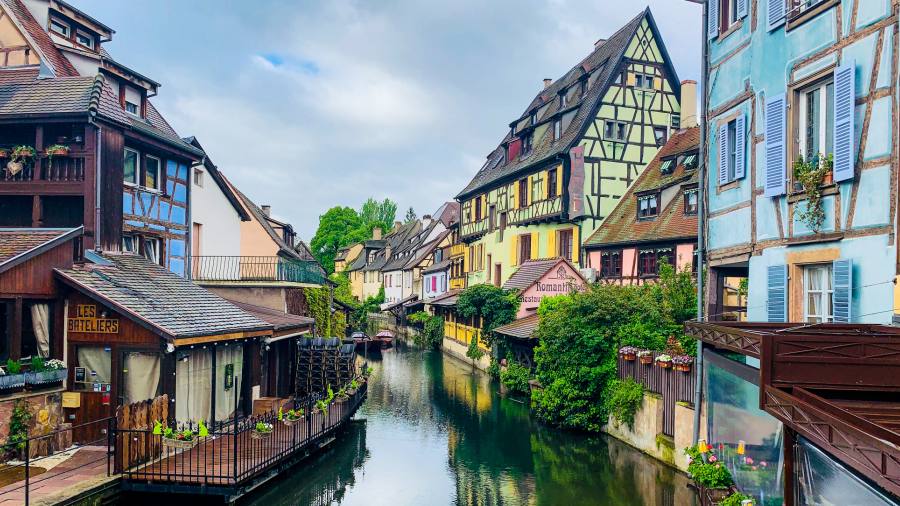


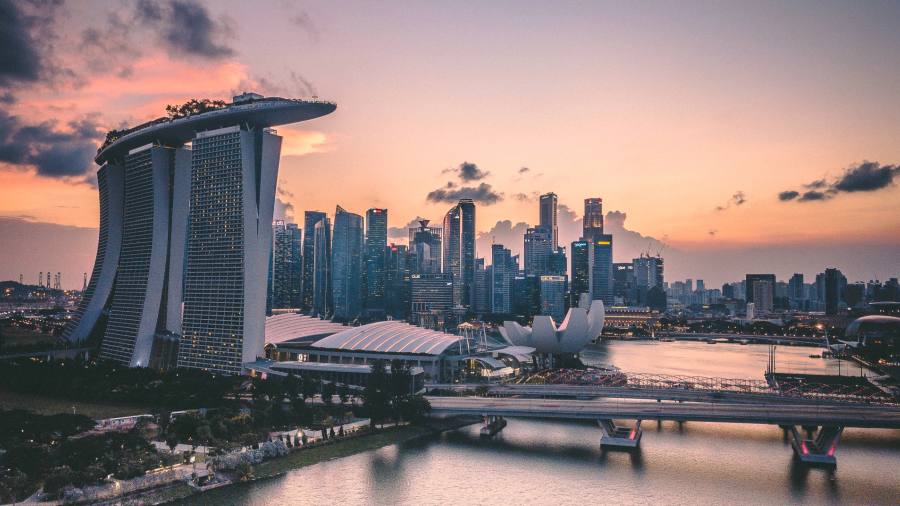
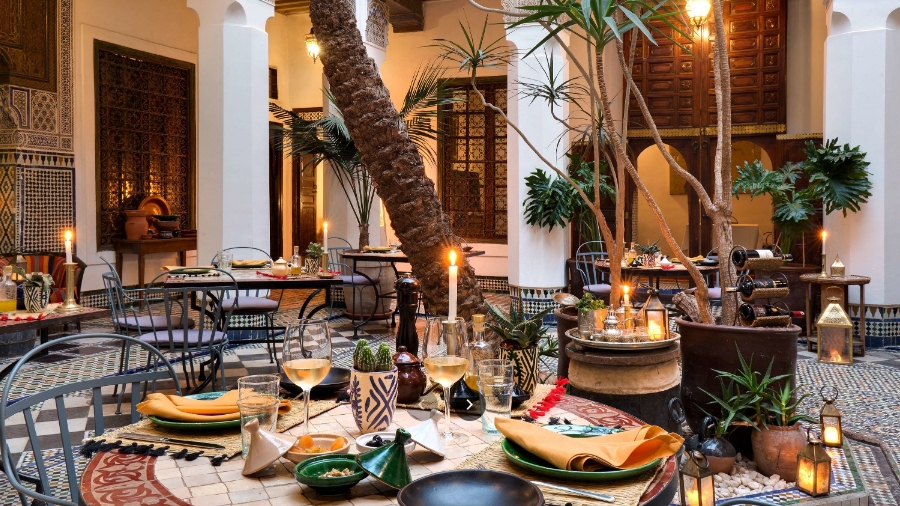


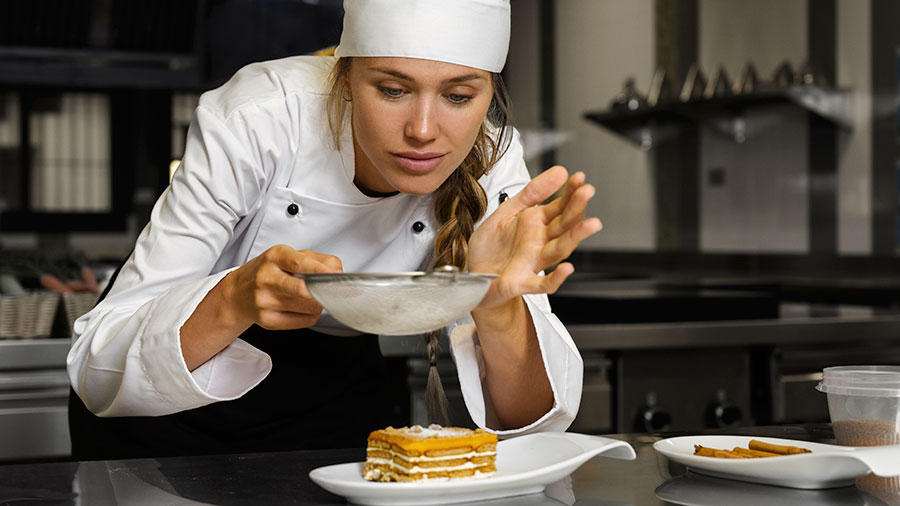
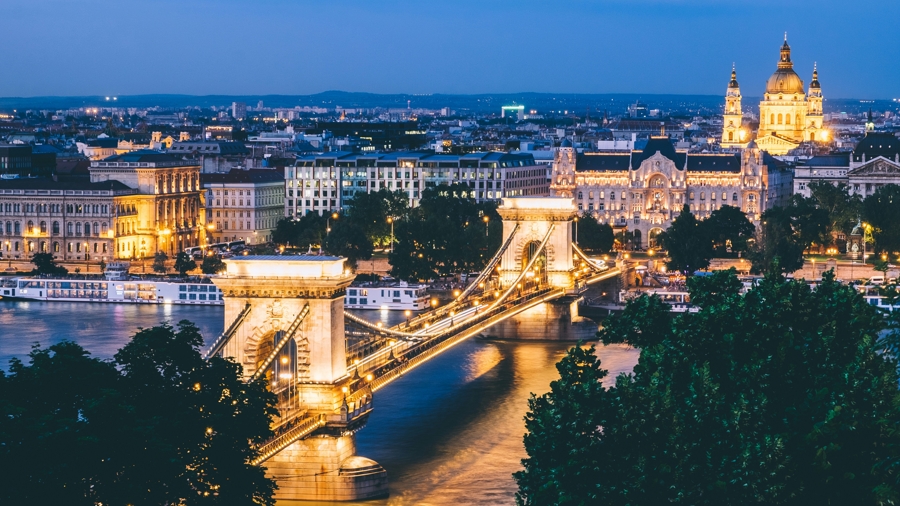
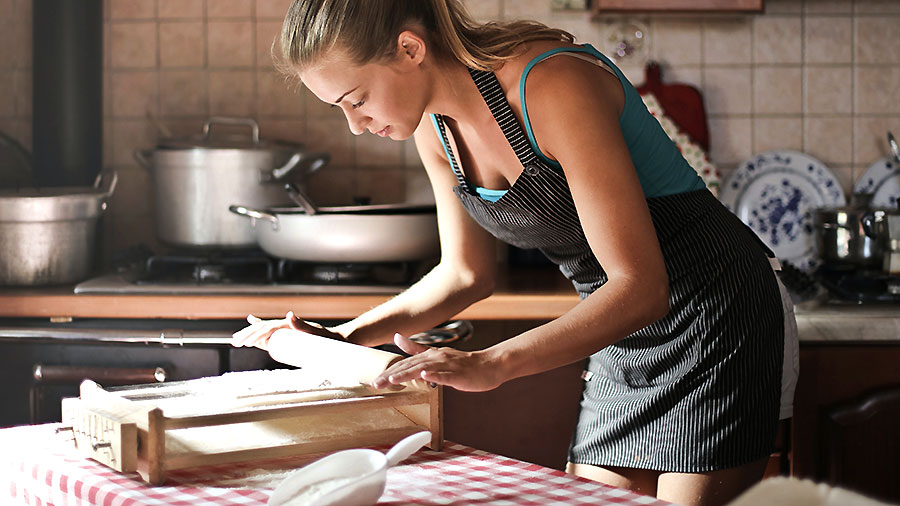
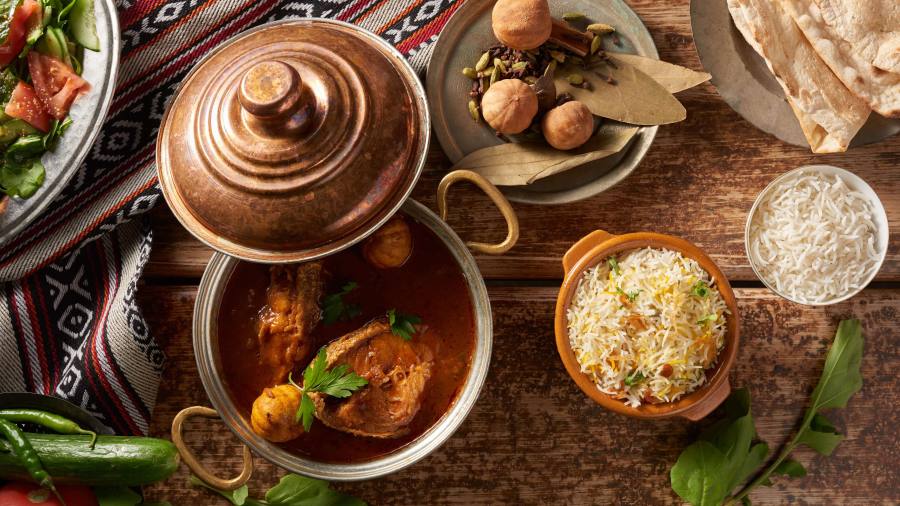

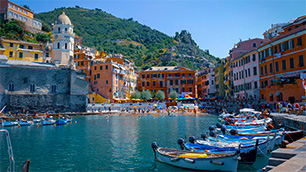 Gastronomy Cities
Gastronomy Cities
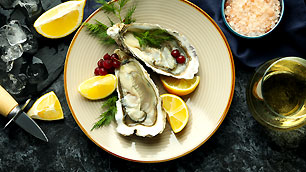 Amazing Food
Amazing Food
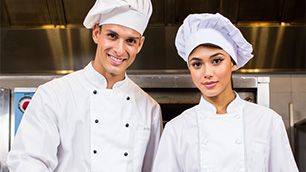 Chef's Talk
Chef's Talk